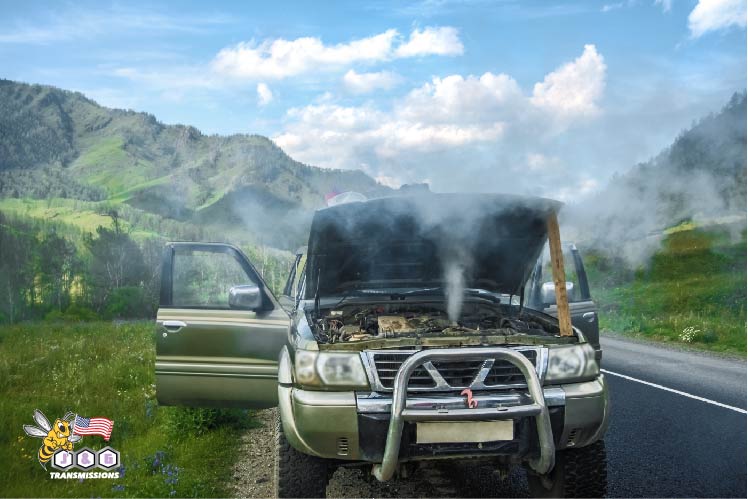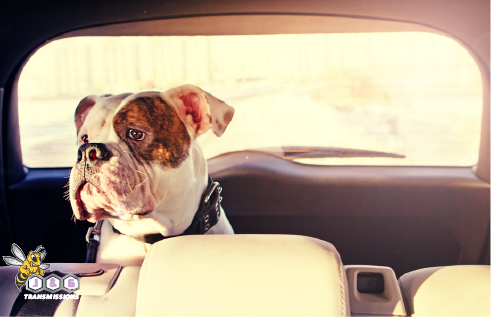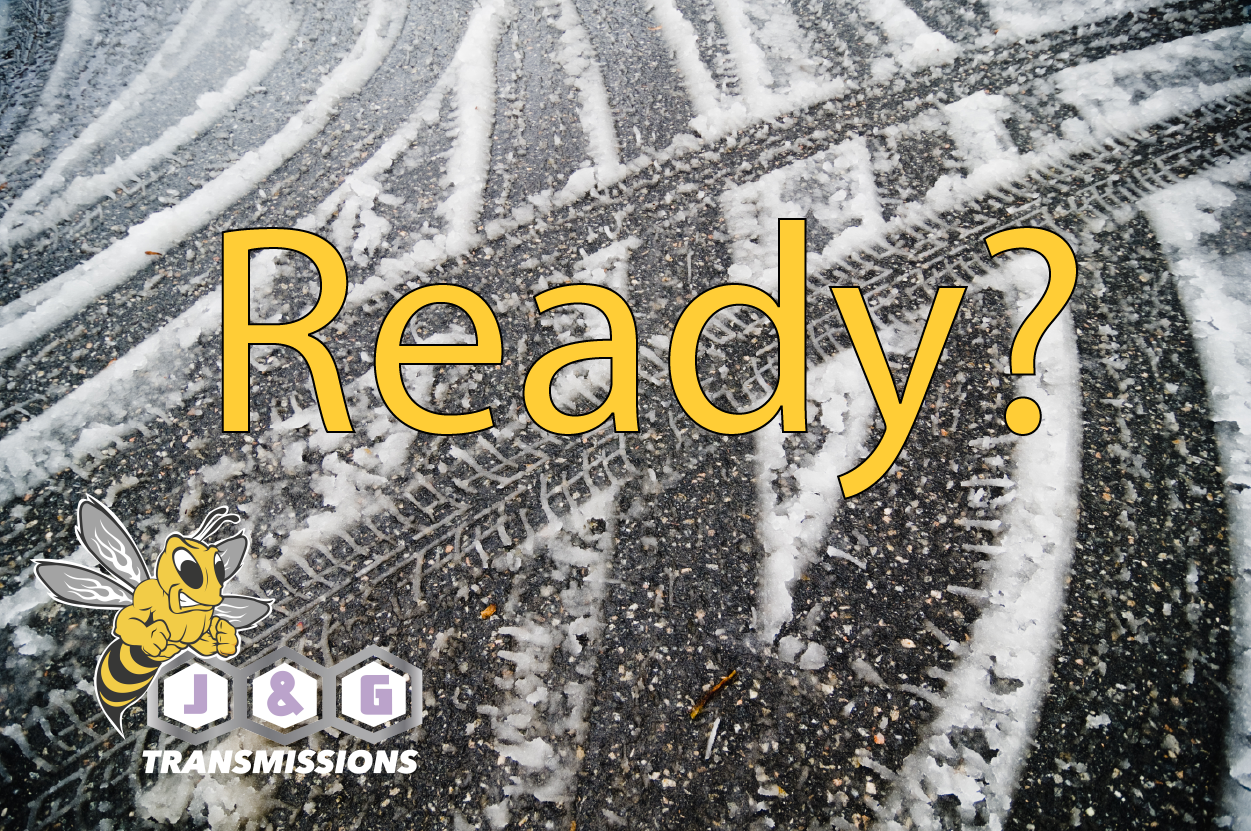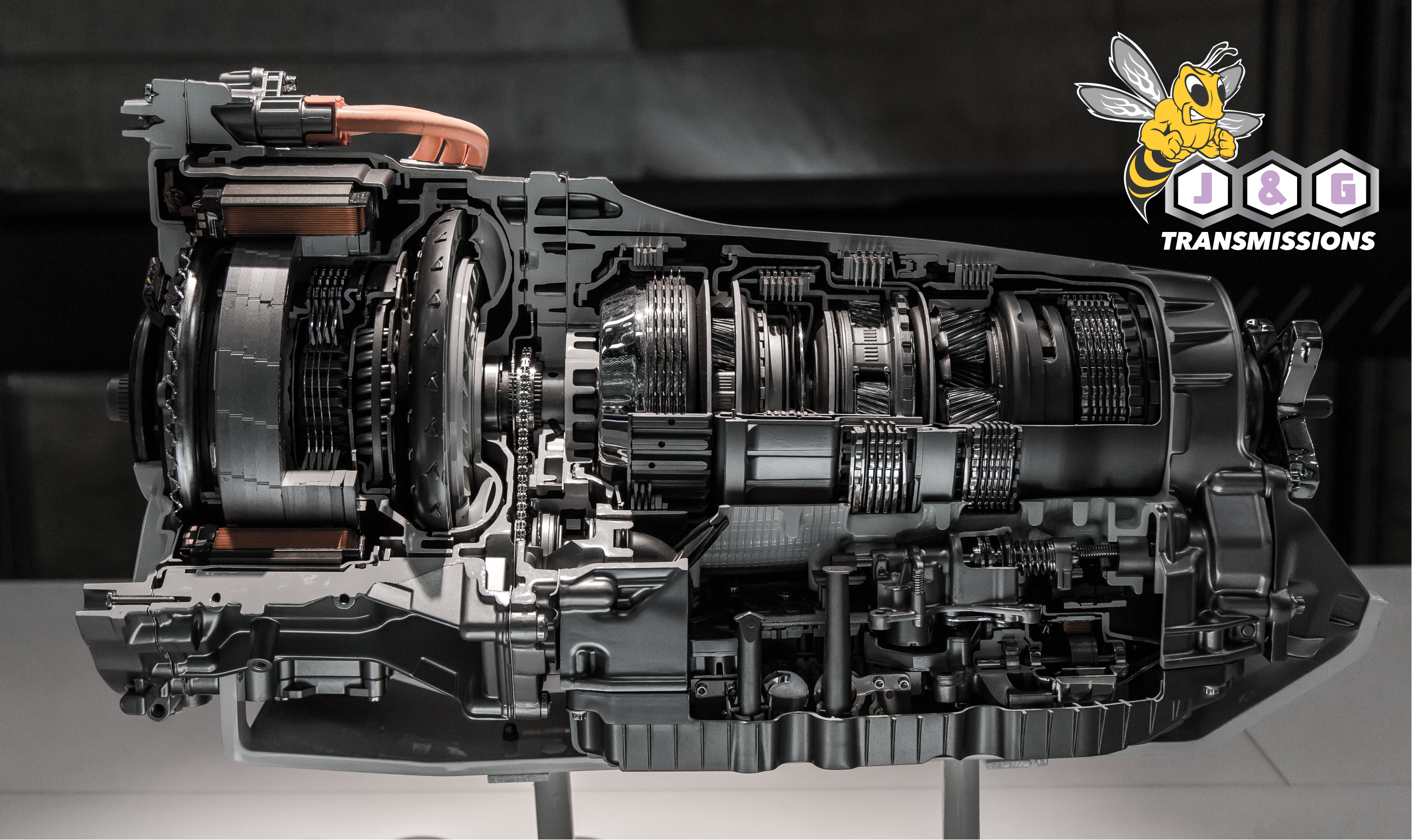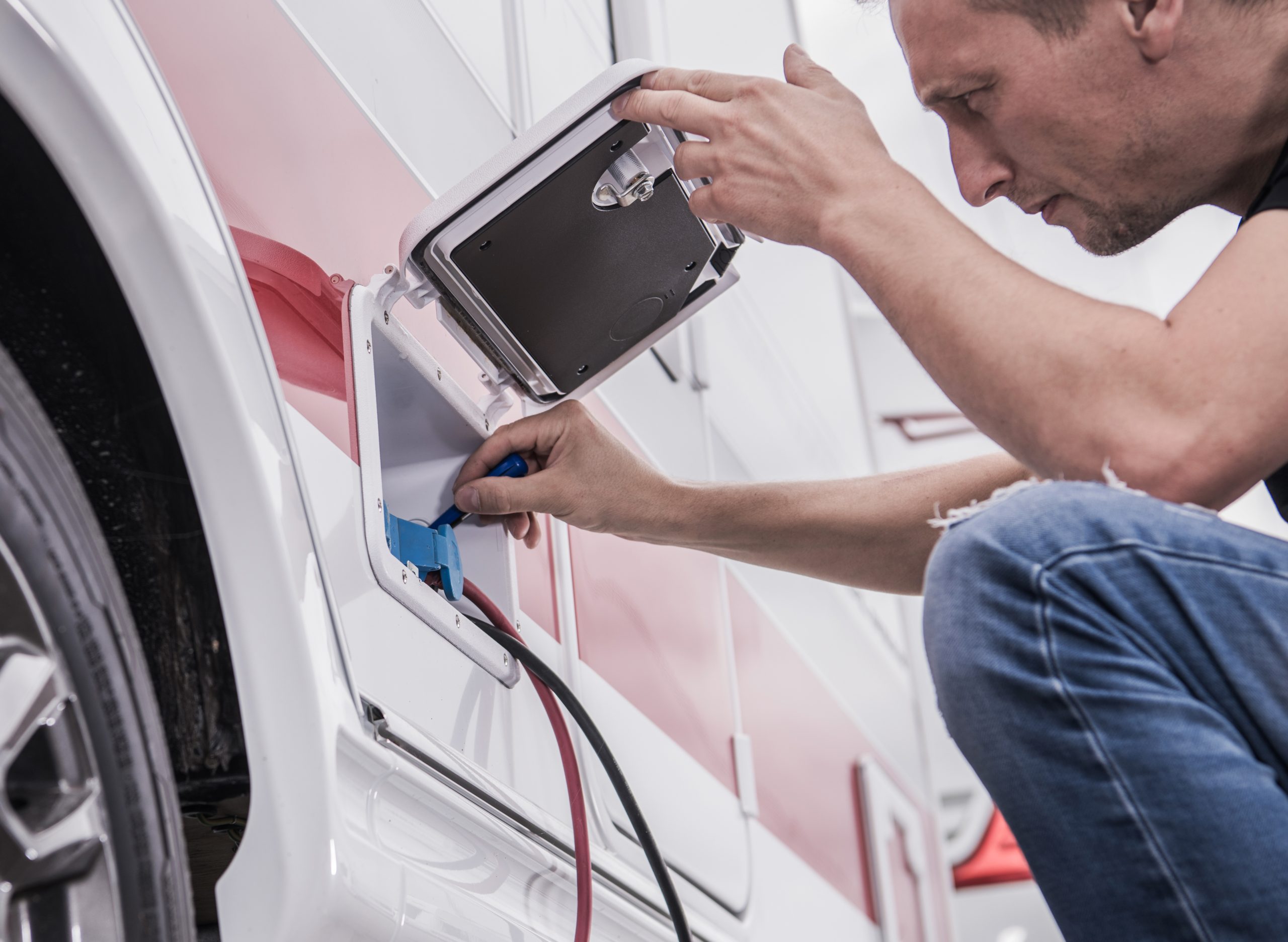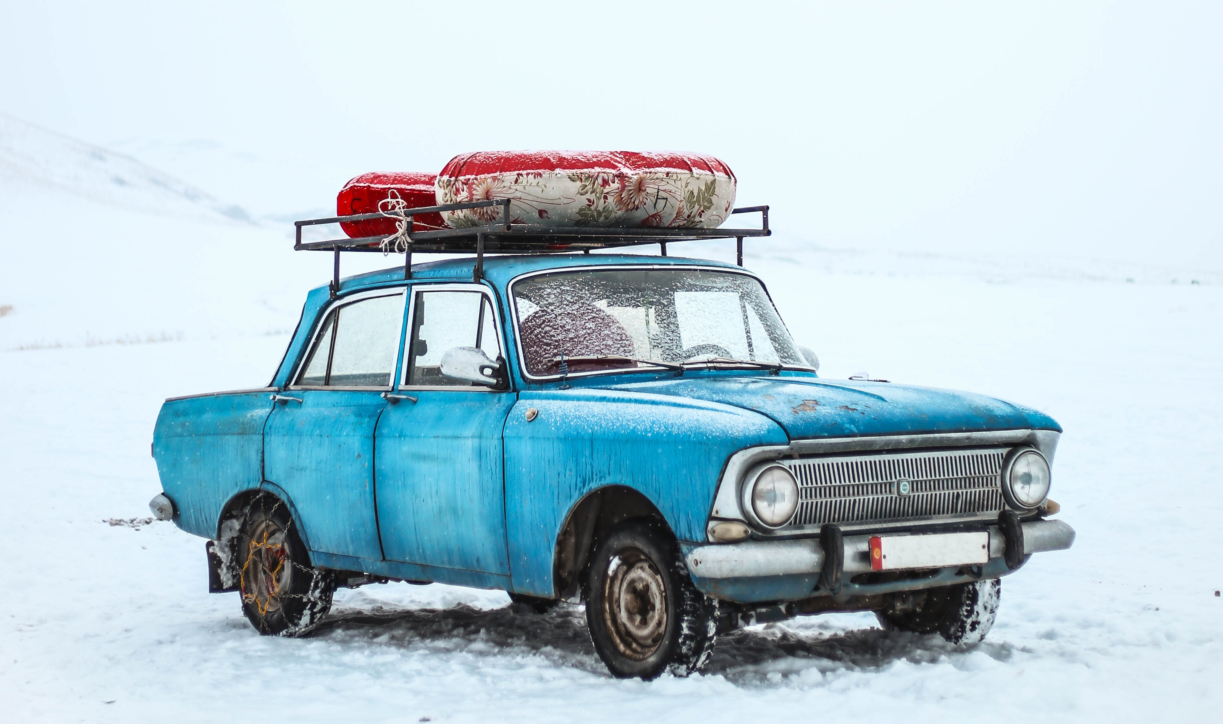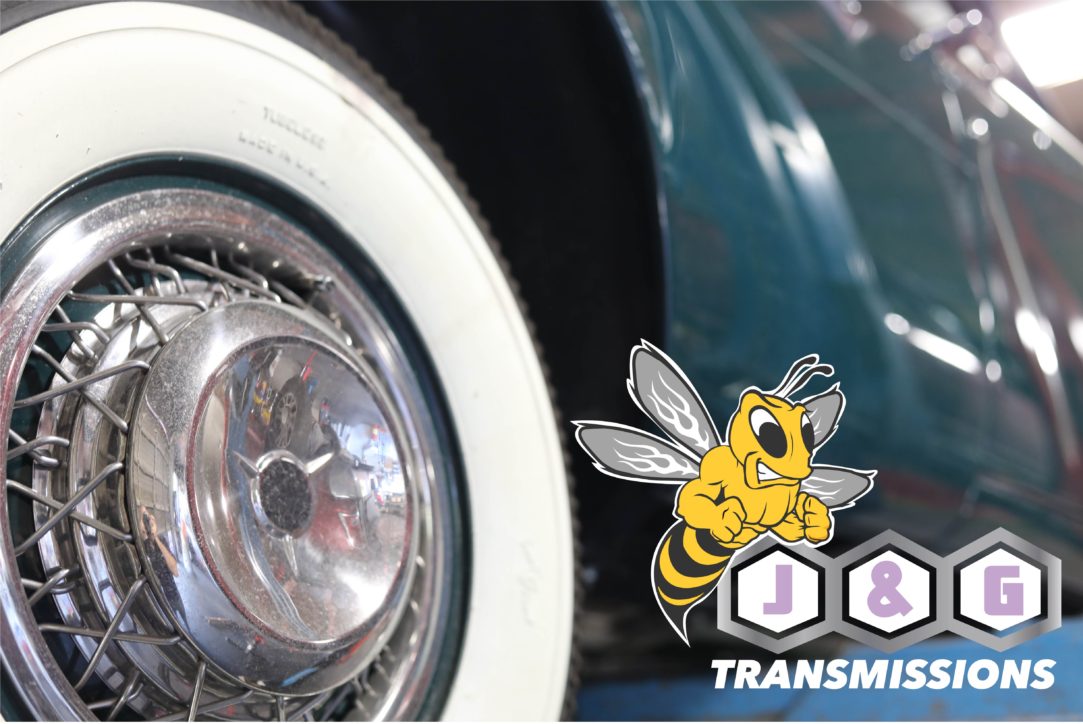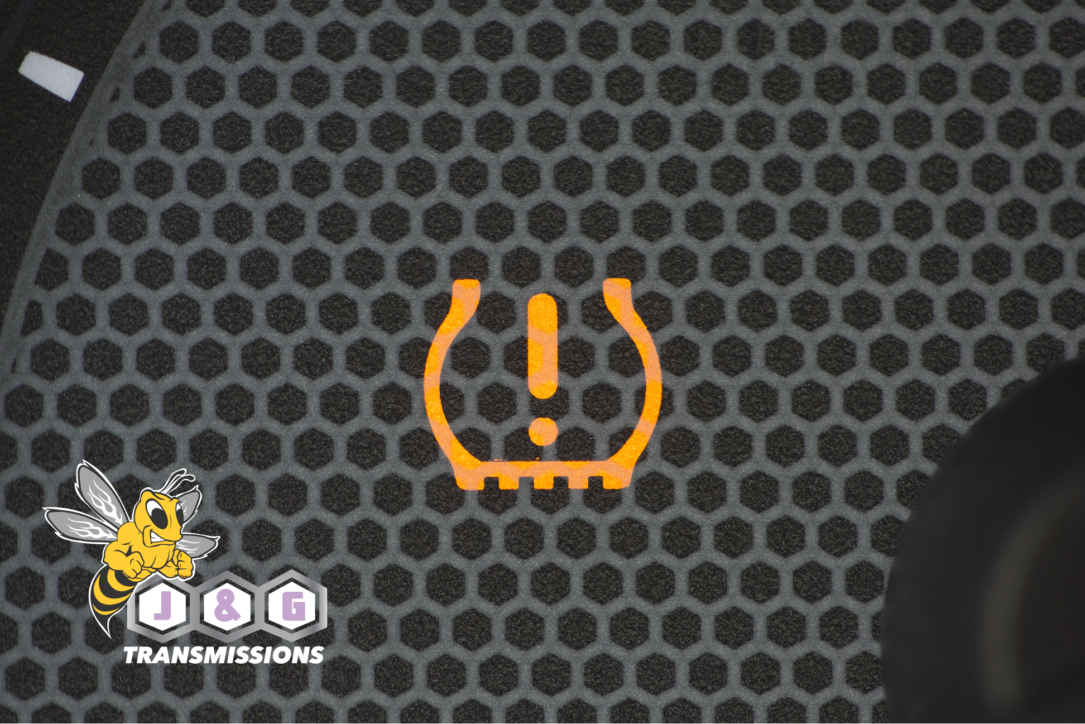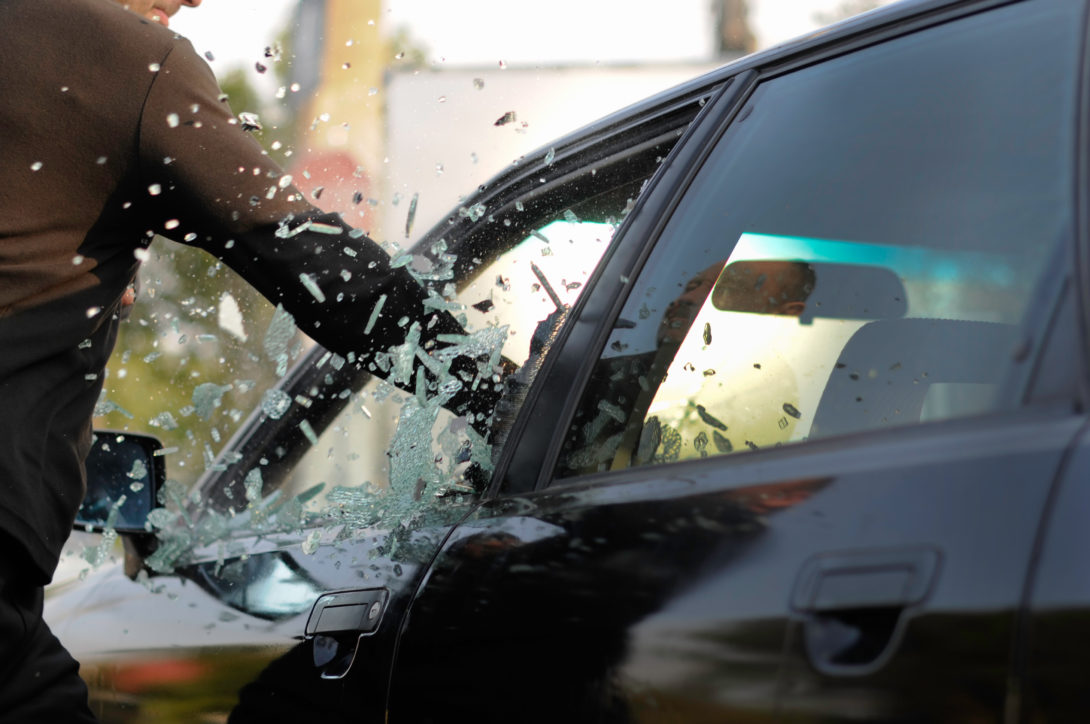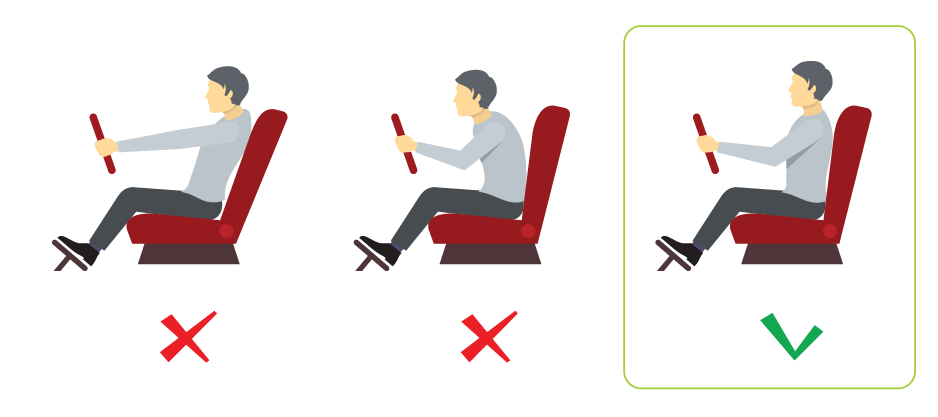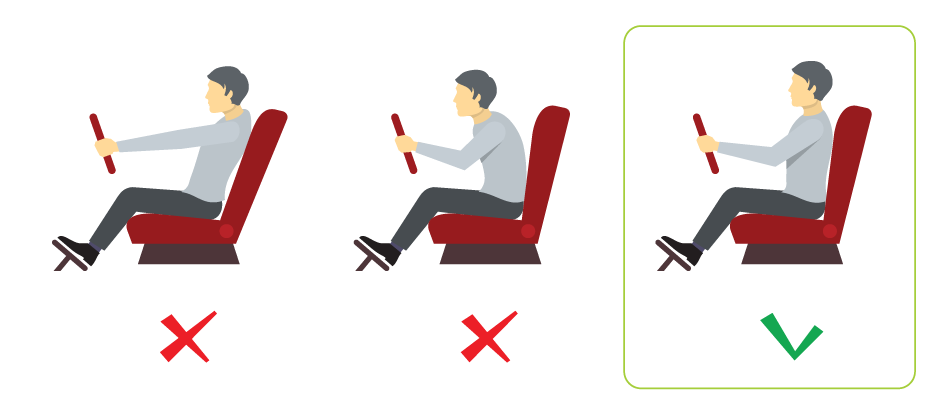Winter is coming to Utah, so let’s talk about how to winterize your car.
Keep powered up:
Check your battery. Cold weather is tough on your car’s battery. The chemical reactions required to generate power in a car battery slow down in extremely cold temperatures. At 5 degrees F, a fully charged lead-acid battery has only half its rated amp-hour capacity. On top of that, during cold weather, your engine requires more current from the battery in order to get the engine started. Combine less power output with more power requirements and you get a car that won’t start on a cold winter morning. So have a mechanic run a battery load test to see if you need to replace the battery. Even if you don’t, he’ll check for and clean up any corrosion he finds on your posts and connections. The mechanic might also fill your battery with distilled water if needed.
See clearly:
Change your wiper blades and refill your wiper fluid. You need to see the road to drive safely, but the build-up of winter precipitation and salt on your windshield can greatly reduce visibility. Working windshield wipers and a solid supply of wiper fluid will ensure that you have a clear line of sight even in the nastiest snowstorm. Wiper blades are only good for a year. Replace yours if they look frayed or worn. If your neck of the woods gets hit by hard winters, you might consider buying wiper blades designed for winter weather. Top off your wiper fluid reservoir with a brand that has a lower freezing temperature.
Get a grip:
Consider getting snow tires. If you live in an area that’s covered with snow for most of the winter, you should swap your regular all-season tires out for snow tires. Snow tires are made of a softer rubber than all-season tires which allows them to retain flexibility in the bitterest of cold. Snow tires also have tread patterns specially designed to grip into snow and ice. Don’t get the wrong idea about snow tires. They won’t magically remove the chance of you slipping and sliding in your car, but they do provide more traction than the regular variety.
Under pressure:
Check your tire pressure. If you don’t replace your regular tires with snow tires, at least keep them properly inflated during the winter. Cold weather causes air pressure in your tires to drop. For every 10 degree drop in temperature, your tire’s air pressure will drop about 1psi. A properly inflated tire ensures the best possible contact between the road and the tires which is essential for safe traction when driving in wintry conditions.
4X4:
Check your four-wheel drive. Four-wheel drive can provide better traction when driving on snowy and icy roads… that is if it’s working correctly. Have your 4WD checked by a mechanic before winter weather sets in. They’ll ensure the system engages smoothly and that the transmission and gear fluids are at their correct level. Also, if you haven’t used your vehicle’s 4WD in a while, now’s a good time to review how to operate it.
Freeze tag:
Check your anti-freeze mixture. The mixture of anti-freeze and water in your radiator should be about 50:50. (We recommend 100% antifreeze because this is Utah.) This will prevent the coolant in your radiator from freezing. If you want to check the composition of your radiator’s fluid, you can pick-up an inexpensive anti-freeze tester at your local auto parts store.
Stock up:
Stock your car with emergency supplies. You never know when you’ll get stranded on the side of the road in a hellacious blizzard. Be prepared by having your car packed with emergency supplies. Read the article we wrote last year on 13 things you should keep in your car. It could save your butt one day.
Change is good:
Change the oil and adjust the viscosity. In order for your engine to run, it needs proper lubrication from oil. Unfortunately, cold weather reduces the oil’s effectiveness. The colder it is outside, the thicker the oil gets, and thick oil doesn’t circulate through your engine as easily as thin oil. Consequently, your engine doesn’t get the lubrication it needs during start-up and you’re left with a car that won’t start.
To be on the safe side change your oil to one that is thinner to begin with. To find out the proper viscosity (that’s the thickness or thinness of a liquid) of oil you need in the winter, check the owner’s manual for your car. They usually have information on proper viscosity levels for different climates.
Old belts fail at the worst times:
Check your belts and hoses. Cold temps can weaken the belts and hoses that help make your engine run. Check them for any signs of wear and tear and have them replaced if needed. If a belt snaps while you’re driving, you’ll have to wait for a tow truck to come pick your cold, grinchy self up.
Watch and Learn:
Watch our video on How NOT to Burn Up Your Transmission in the snow. https://youtu.be/KxA-4XWT4Go

